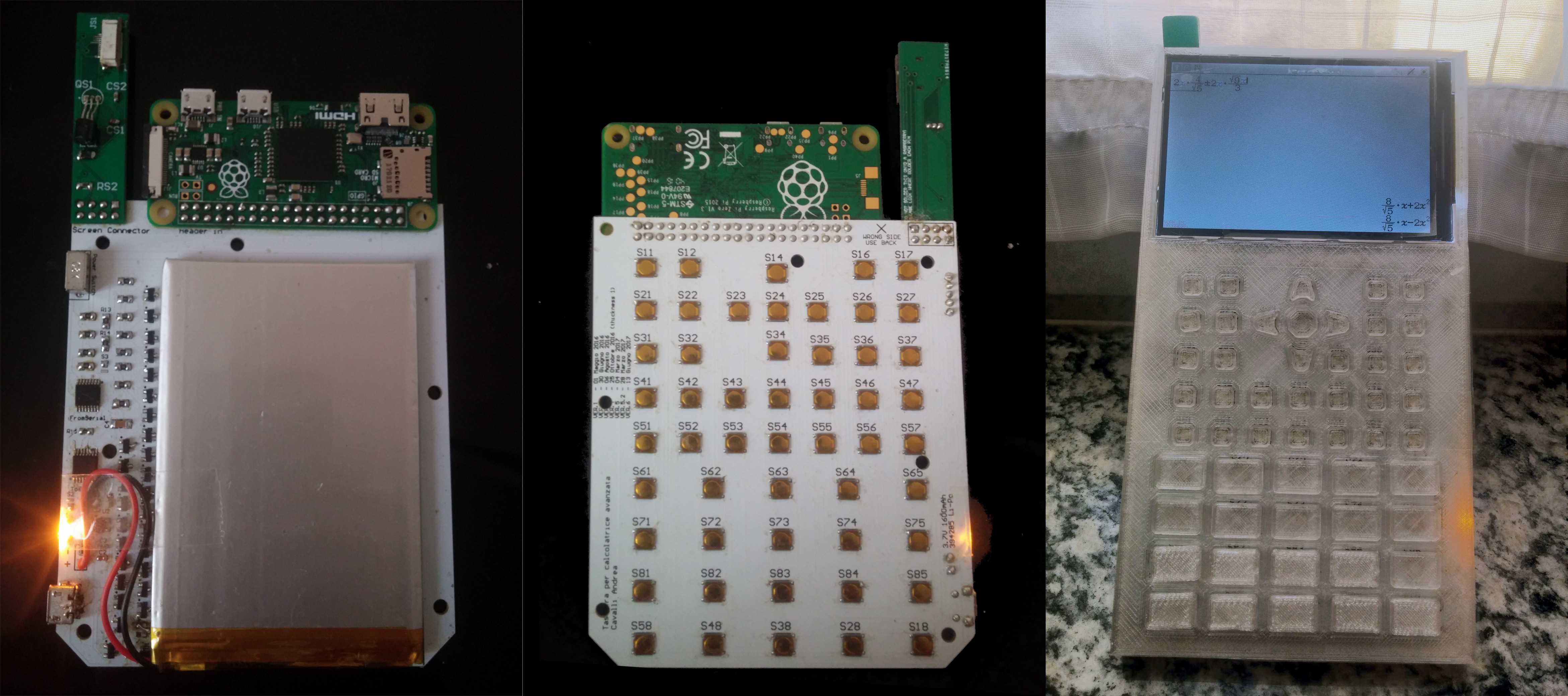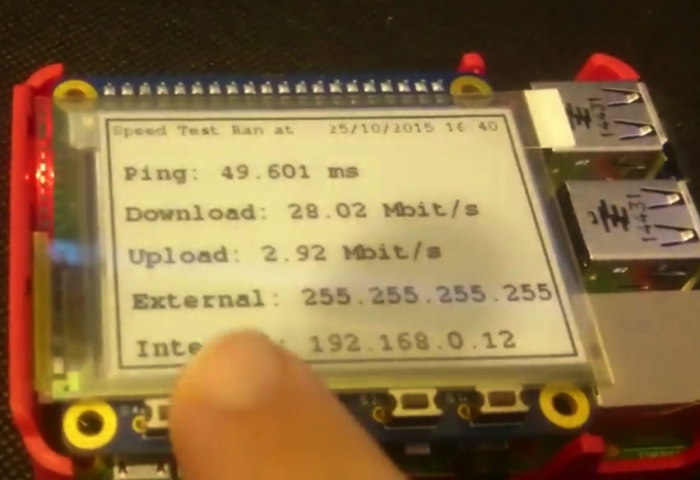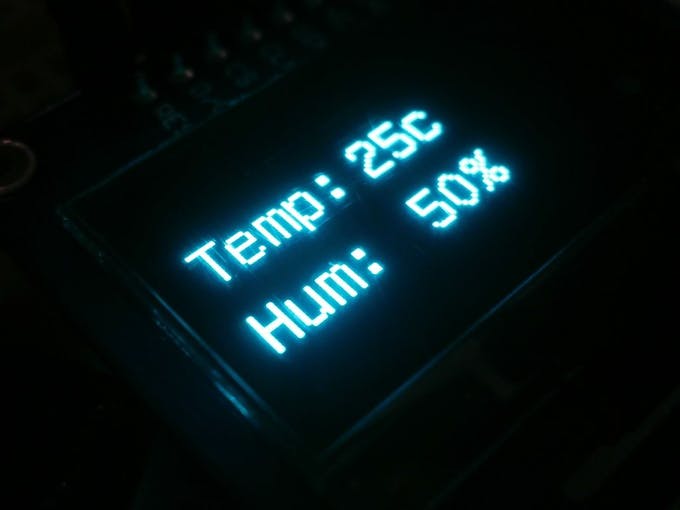
Have you ever been given an algebra homework where there were a problem and its answer, but you couldn’t figure out how they went to the solution? Well, you’re in luck! With Andrea Cavalli’s WarpPi calculator and its CAS (Computer Algebra System), you can go ahead and build your own algebraic calculator and even modify it to your taste.
Algebra is a rather broad part of mathematics dealing with variables, equations, functions, exponents and so on. For an area as broad, one would fittingly expect different levels of complexity. The calculator by Andrea Cavalli is specifically designed to aid one in solving such complex algebraic problems and goes a step further from commonly used scientific calculators.
The good thing is, you can build Andrea Cavalli’s DIY WarpPi calculator and set it up to your specific needs.
The calculator stands out with a custom Printed Circuit Board (PCB) and a neat 3D printed case and buttons. Its runs on custom software written in Java which brings the power of Java to real-time applications. At the heart of the calculator is a portable Raspberry Pi Zero W which hooks right into the PCB. One fantastic thing about this calculator is its ability to provide step by step solutions to algebraic problems.
On the board is also a power management module for the device, which includes the physical power switch, a USB connection for charging, and a linear regulator. One interesting feature about the WarpPi is the presence of a hatch to access the Raspberry Pi’s micro SD card which will inevitable makes it easier to alter software configurations without dismantling the calculator.
The WarpPi 3D printed case might be a bit confusing for some users because the 3D printed case lacks any form of markings to indicate the functionality that each button controls, however, users can quickly figure out what each key does using a demo live preview built by Andrea Cavalli here.
Unlike your everyday average scientific calculator, Andrea Cavalli’s WarpPi calculator can be programmed to do a wide range of other mathematical computations as you deem fit. Its true potential can only be unlocked by how creative you can get. If you are considering building one yourself, the 3D-printed case, the guides, and code to run it are all available on the WarpPi GitHub page. If you eventually make yours, don’t forget to improve it as well.

















